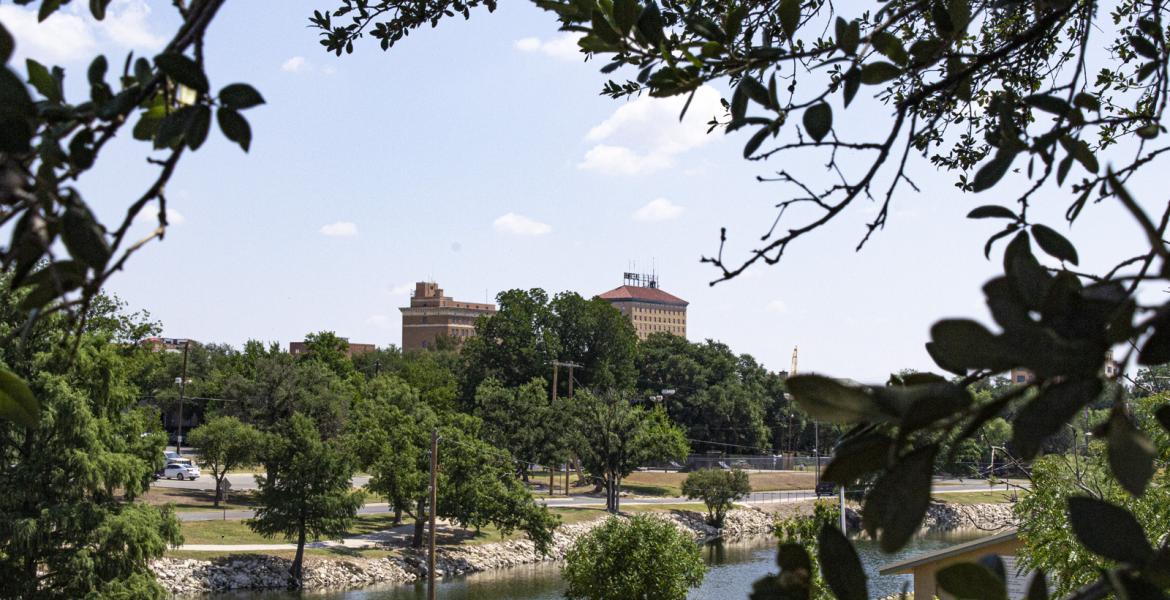SAN ANGELO, TX – In ancient times, it was a common practice to track changing seasons by following lunar months rather than the entirety of the solar year, which is what the 12 months in our modern calendar are based on.
Throughout history settlers across Europe, as well as many Native American tribes, named the months after features they associated with particular Northern Hemisphere seasons, and many of these names are very similar or identical to terms used today.
In most years, the September full moon is labeled as the Harvest Moon, however this particular name is given to the full moon which is actually closest to the September equinox and is also known as the start of fall.
However, when the astronomical seasons do not match up with the lunar month, the month of the Harvest Moon varies.
Usually, this occurrence happens in September, but sometimes the phenomena occurs in October.
The September full moon has several traditionally given names; the most well-known term is the Full Corn Moon, Corn Moon, and some even refer to it as the Barley Moon, but this name can also be used for the August full moon as well.
These names all refer to the crops which are harvested in early fall.
Typically during the occurrence of a full moon, the sun and the moon are on opposite sides of the earth, and the moon's illuminated side faces the night side of earth. So, by definition, a full moon can typically only be seen at night.
Very rarely, but only if the conditions are right, you may be able to see an actual full moon very close to the horizon and opposite to the sun during sunrise or sunset.
If you have ever spotted a full moon just after sunrise or just before sunset, it is likely you saw the full moon at least one day prior or after the actual Full Moon phase.
In general, the moon is always below the horizon while the sun is up on the date of a full moon.
However, the phases of the moon are not specifically defined by the moon's visibility from a particular location on earth, but by the moon's position during it's orbit around the earth.
For example, new moon phases occur at the exact moment when the moon is between the sun and the earth, and the three "bodies" align to form a more or less straight line.
Contrarily, it is technically also a full moon too when the moon is aligned with the sun and earth while at the opposite end of its orbit, on the night side of earth.
Astronomers call this alignment phenomena a syzygy of the Sun-Earth-Moon system.
An official Moonrise, Moonset, and Phase calendar has been attached here for viewers looking to catch a glimpse of the Full Corn Moon in San Angelo.
Subscribe to the LIVE! Daily
Required






Post a comment to this article here: